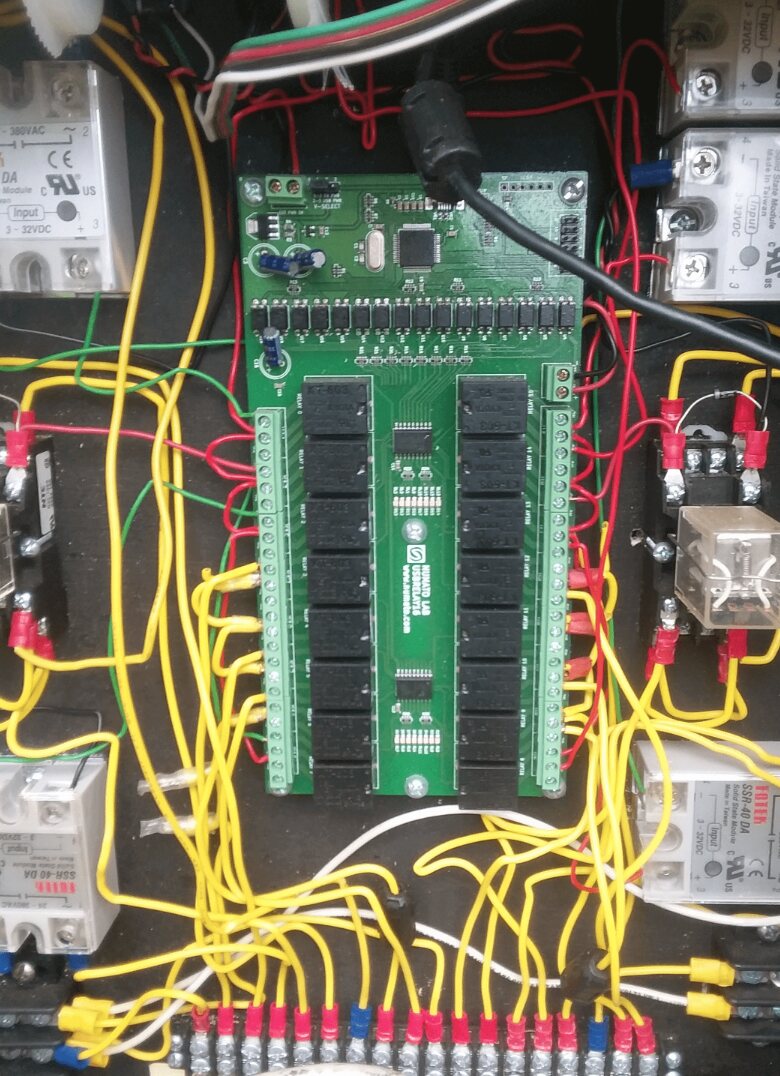Restoration of the Acme road semaphore in the first half of the 20th century
- Transfer

A semaphore is different from a traffic light is not the scope, and the principle of operation. The first uses retractable wings, the second - light sources. Semaphores were used mainly on railways, but they were tried to be used on ordinary streets. Such an artifact is stored in the Museum of Transportation of Southern California.
This museum has several Acme Traffic Signal Company road semaphores. They were used in Los Angeles in the twenties and thirties of the last century. At that time, they experimented with this technique in many cities until Automobile Club forced everyone to switch to three-lantern traffic lights that are still in use.
During the short period when road semaphores were used in practice, they were noticed by animators, not least for the comic effect produced by the bell. In the WB cartoons, they got along with the name, which was then extended to other items that appeared there. The very word Acme - “top, top, climax, apogee” - began to be considered an abbreviation: “a company that manufactures everything”. Although this story is about a combined semaphore-traffic light with switching modes depending on the time of day to save electricity, the second mode in cartoons is not shown, since the action almost always occurs during the day.
According to another version, it was something like the current LLC "Vector". Everything that was called Acme turned out to be in the paper alphabetical catalog almost “in the top of the issue”. One of these companies produced anvils, which is also reflected in cartoons.
The museum has an original Acme control unit, but it is not adapted for museum use. It "thinks" that it controls the semaphore, which is installed not on the museum, but on a real road, and switches the signals all the time while the power is on. From this wear engines and mechanisms. Therefore, I had to develop my controller on the “Malinka” and the relay module. This module was chosen because there is a positive experience of using them to control other semaphores and traffic lights of the museum. It is also convenient to access it programmatically.

"Malinka" and the module will have to work in tough climatic conditions. The relocation of the museum in Perris was organized specially, as the hot and dry air ensures the long-term preservation of the exhibits. But not electronics, especially in a black cast-iron case without air vents. 3D printed mounts for the boards melted, but the boards themselves continue to work.
The reader may be surprised at the number of relays used. But there really are a lot of loads: three lights, powering the engines, switching the direction of rotation, ringing, folding the wings before returning them to the hull. And all this - in double quantity, in order to control two devices at once.
Additional relays were required due to the way the engines were reversed. To turn on the engine, it is necessary to connect the two terminals with a common wire, and the third to apply voltage. The direction of rotation depends on which of the conclusions is chosen as the third one. So for this, of the 16 relays on the module, you can use two, but a software failure can make both work at once, causing a short circuit. It was necessary to add separate relays in two positions and two directions to eliminate such situations. In addition, engines, bell and electromagnets folding wings have a significant inductance. Diode for protection against self-induction pulses can not be put - all these devices are powered by alternating voltage. But there are solid-state relays that switch at the time when the mains voltage passes through zero - they coped with the task.
The video is not from a museum, but from somewhere where such a semaphore is still used for its intended purpose (there is no video in the original article). The call is exactly the same as in cartoons.
